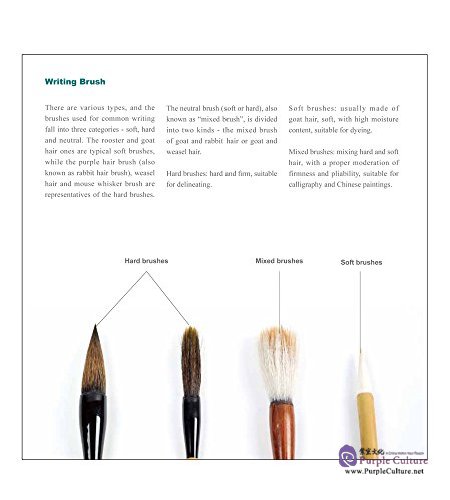Basic Usage of Chinese Painting Colors Chinese painting pigments are divided into two categories. In the first category, the traditional pigments of Jiangsixutang Studio are block-shaped and including botanical pigments (cyanine, gamboge, etc.) and mineral pigments (cinnabar, azurite, mineral green).
Great painters have always preferred them for their classic, elegant and lasting colors, although they are expensive. In the second category, the pigments of Matou (a Shanghai brand); of chemical composition, they are contained in tin pipes and are affordable and convenient to use, thus being suitable for the average painter, especially beginners. The key is to prevent vulgar use of colors.
Chinese paintings are made up of strokes made with ink and colors. Red, yellow, blue, white and black are the five primary colors of paintings. However, more complex coloring is preferred to prevent works being too colorful and involves the combination of at least two primary colors. For example, red and yellow combine to create vermilion, blue and yellow are synthesized into light green, and black and white form gray. Colors include cool ones (black, gray, blue, green, cyan, purple) and warm colors (red, yellow, white, vermilion, ochre). Heavy warm colors should be matched with light cool colors, and heavy cool colors should be balanced with light warm colors
